Content
Author

GameFi and Metaverse are integral parts of Web3. In this article, we will discuss what they are, what they mean for the industry and how can you utilize them in your business.
Definition of the Metaverse and GameFi
Let’s start by defining Metaverse and GameFi. GameFi (also known as Game Finance) initially referred to decentralized finance (DeFi) protocols with gamification elements, however, the term evolved since then and now it describes the financial nature of blockchain-based games. In a way, this is not a new phenomenon, users have been trading valuable in-game objects for decades, such as rare skins in Counter-Strike: Global Offensive that can cost up to tens of thousands of dollars or MMO accounts with powerful high-level characters. That being said the system was hard to access, prone to vulnerabilities and scams and sometimes outright banned by game developers. GameFi formalizes and gives the system structure, using blockchain.
The Metaverse is a virtual shared space, a 2D or 3D digital environment, where users can interact with each other and digital objects, using virtual or augmented reality.
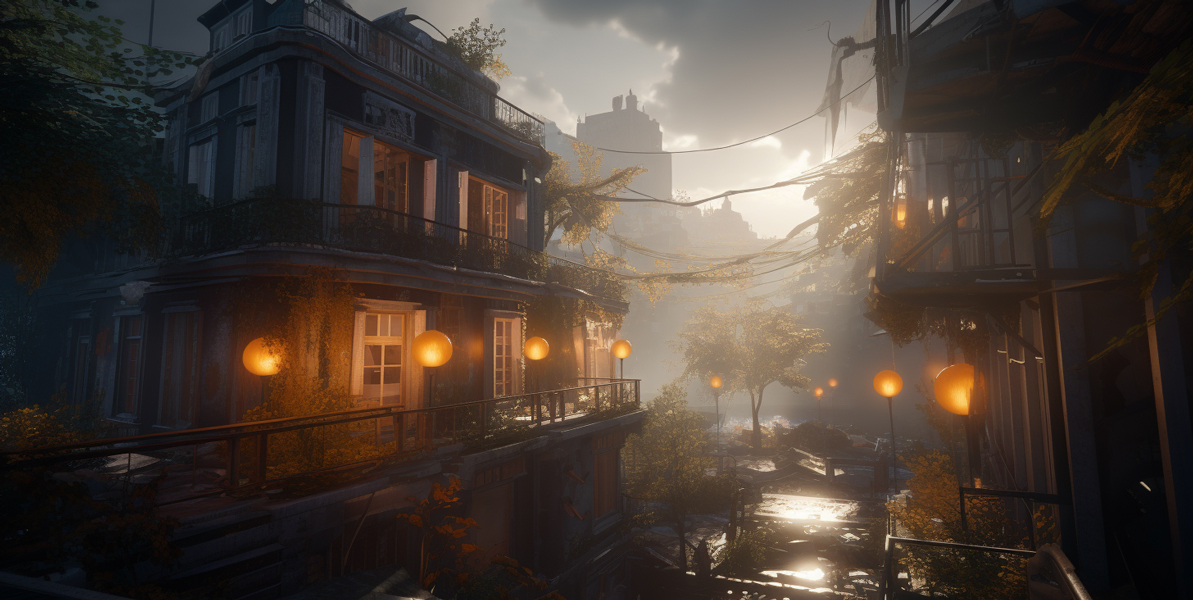
The Metaverse and GameFi: Building a Parallel World
GameFi, blockchain, and NFTs can play a crucial role in enabling the creation of a Metaverse. GameFi combines traditional gaming mechanics with blockchain technology, allowing players to earn real value through in-game assets, such as NFTs. Blockchain can ensure the transparency and security of in-game transactions, while NFTs can provide a unique and verifiable way of representing digital assets. These technologies can enable the creation of a decentralized and player-driven metaverse, where users can own and trade virtual assets and participate in various gaming events.
However, building a GameFi-enabled Metaverse also presents challenges, such as creating a seamless user experience that integrates blockchain technology and NFTs without overwhelming or confusing players. Another challenge is ensuring the scalability and security of the underlying blockchain infrastructure to support a massive number of users and transactions. Additionally, the regulatory landscape surrounding cryptocurrencies and NFTs is still evolving, and it remains to be seen how regulations will impact the development and adoption of GameFi-enabled metaverse projects.
Overall, the opportunities presented by GameFi, blockchain, and NFTs in creating a metaverse are significant, but developers must carefully navigate the challenges to create a successful and sustainable ecosystem.
Use Cases of the Metaverse and GameFi
While Metaverse is still in its early stages they are already attracting a large number of players all over the world.
Such as Nine Chronicles, a fantasy Metaverse and an open-world MMORPG with more than 300 000 active wallets and 200 000 members of the community on Discord and Twitter. Or The Mars: Metaverse a global platform that will allow users to trade, interact and explore the red planet.
Our own Chimeras Metaverse recently entered the Global Launch stage and was awarded the BNB Grant.
While the Metaverse market is still developing we can already see a massive interest from the community who wants to see engaging gamified Metaverses that provide real value to users.
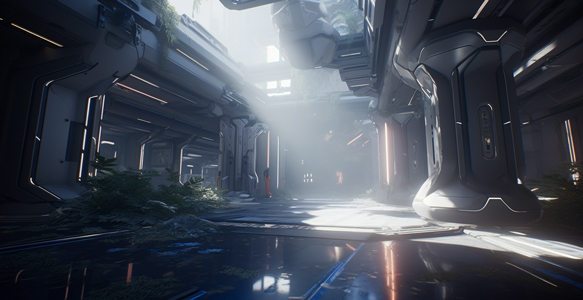
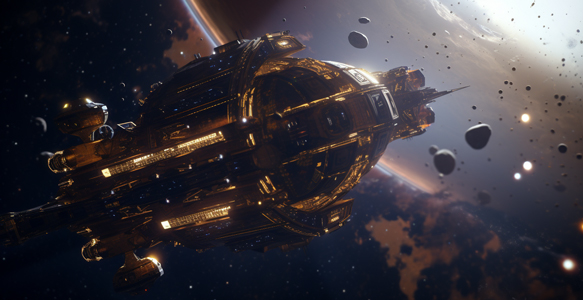
The Future of the Metaverse and GameFi
GameFi and Metaverse are here to stay and they will be impacting our society more as they develop. We have already discussed the long-term trends of GameFi (read our article here), but there are also many ways in which GameFi and Metaverse will have a long-term effect on our society.
While the GameFi model will allow players to compensate for the time and effort put into the game, Metaverses will be able to put these projects into a larger ecosystem with its own interconnected economy. To put it simply, Metaverses can serve as hubs for different GameFi projects. Users will enter the Metaverse and access their favorite games inside this Metaverse. This can be beneficial to both sides, as Metaverses will have more content available for their users and GameFi projects will get an easily accessible potential player base, which can drastically simplify the process of player acquisition and marketing. Additionally, all GameFi projects within the same Metaverse may operate using the same crypto token to create more robust and profitable ecosystem.
But the potential of Metaverse doesn’t stop there. There are many potential use cases and as the technology behind VR and AR becomes more advanced and widespread we will see more of those cases realized.
Here are just some of the potential ways Metaverse can impact our world:
- Education
- Virtual Tourism
- Virtual Real Estate
- Social Interactions and Social Spaces
To sum it up, Metaverses and GameFi have a bright future ahead, with the potential to influence and transform our lives and as time goes on we will see more and more creative use cases in the future.
Red Pill has extensive experience in creating blockchain-based GameFi projects and Metaverses. Contact us if your business needs a custom-made GameFi or Metaverse product: https://redpilldev.tech/contacts/



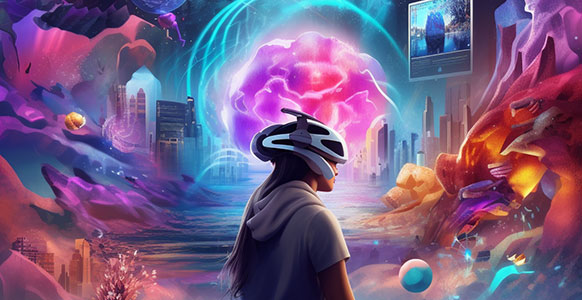
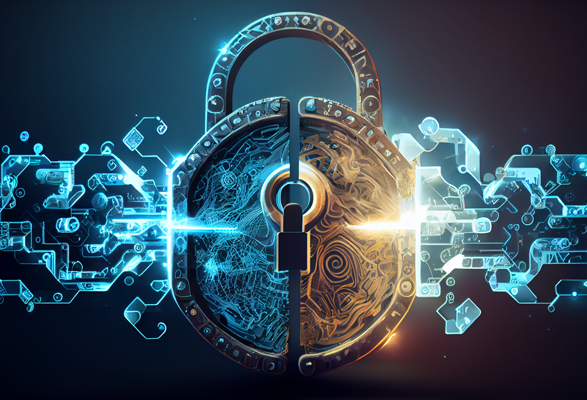
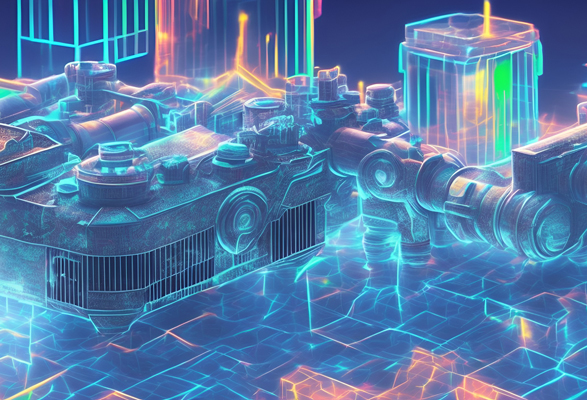
 t.me/redpilldev
t.me/redpilldev